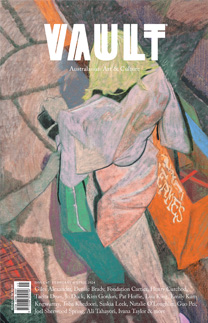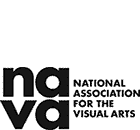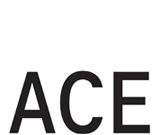Eugenia Lim:
Hidden Figures
Eugenia Lim says that she's always had a 'motley approach to creativity'. Growing up in Melbourne, the interdisciplinary artist – whose output includes video, installation, performance and publishing – was less interested in art history than she was in making zines with her best friend. The medium's DIY ethos and defiant critique of power structures set the stage for an artistic practice that playfully skewers everything from national identity and spatial politics to the way the gig economy holds workers hostage. Ahead of On Demand, Lim's new show at Melbourne's Gertrude Contemporary, VAULT caught up with the artist to talk about architecture legacies, the failures of late capitalism and the cyclical nature of big ideas.
Your 2009 exhibition, Australian Landscapes at Kings ARI, signalled your early interest in the relationship between art, the built environment and our perception of the world. This fascination is also at the heart of The Australian Ugliness (2018), a three-channel video installation that showed at Open House Melbourne in 2018, which is both a critique of and love letter to Modernist architect Robin Boyd. What initially drew you to this connection between architecture and identity?
In Australian architecture, we love façade– but I think that what plays on the skin of that exterior is a signifier for what we want to be underneath. [In terms] of The Australian Ugliness, there is no unified whole – all these contradictions exist at one time and that is what Australia is. I feel like that is the beauty and difficulty of it.
It is not like I trained in architecture before I started looking at spatial politics but I [do think] a lot about how all of these things play out in massive ways through architecture and the design of space. Both
The Australian Ugliness and Australian Landscapes were very much shaped by visits and recces to sites, to try to get a sense of how my body feels in spaces. I started thinking about the aesthetics of architecture and issues of accessibility and visibility from a political and feminist perspective. Architects design with this kind of purity, with these perfect 3D models, and it is almost like living in these spaces is an afterthought. .. Subscribe to read this article in full

























